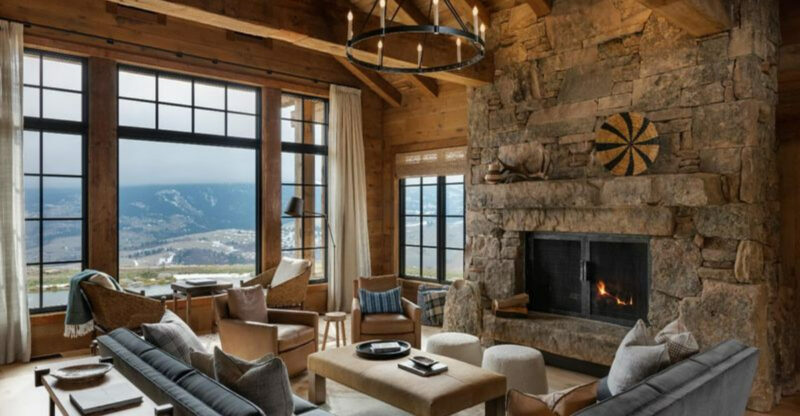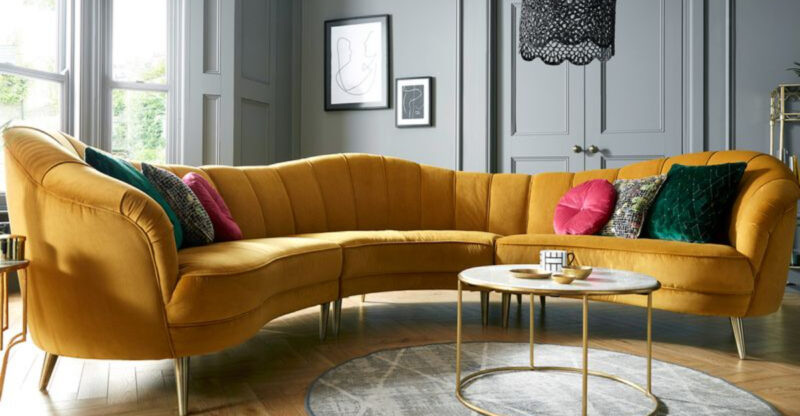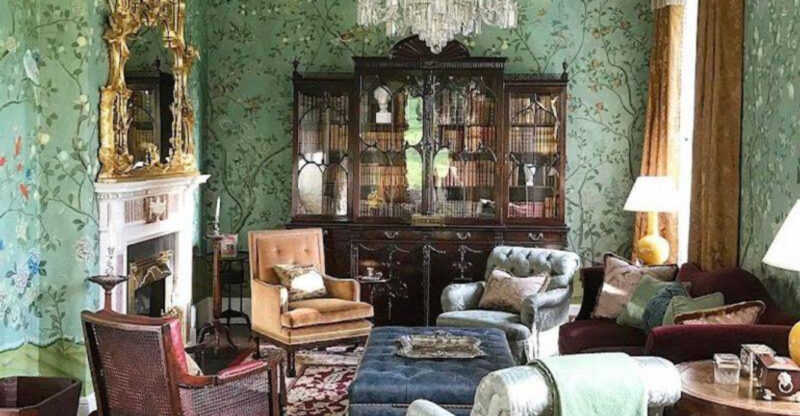8 Kitchen Cabinet Looks Falling Out Of Style in Alabama And 5 Designers Still Love

Alabama kitchens are evolving as homeowners seek fresh, modern looks that blend functionality with style.
Cabinet trends come and go with surprising speed in the Heart of Dixie, where traditional Southern charm meets contemporary design sensibilities.
I’ve gathered insights from local designers to identify which cabinet styles are fading from Alabama homes and which timeless options continue to win professional approval.
1. Dark Cherry Cabinets
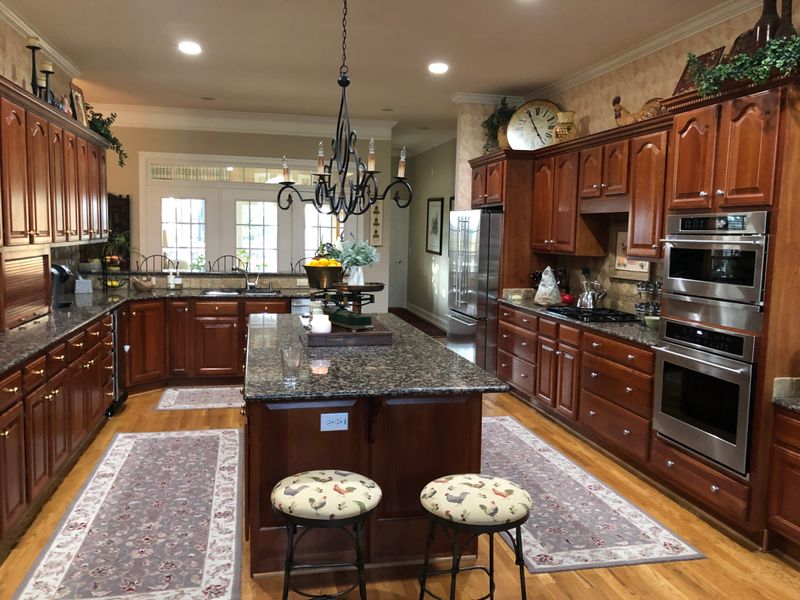
Remember when every upscale Alabama kitchen showcased those rich, burgundy-tinted cherry cabinets? The once-coveted look has lost its luster across Birmingham and Montgomery homes.
Heavy cherry finishes create visual weight that makes kitchens feel smaller and darker than they actually are. Modern homeowners crave brightness and airiness instead of the formal, stuffy atmosphere these cabinets create.
Local contractors report many renovation requests specifically targeting the removal of these dated units. The maintenance requirements don’t help either cherry’s tendency to darken further with age and show fingerprints makes it impractical for busy family kitchens that need to look good with minimal upkeep.
2. Glossy Oak Finishes
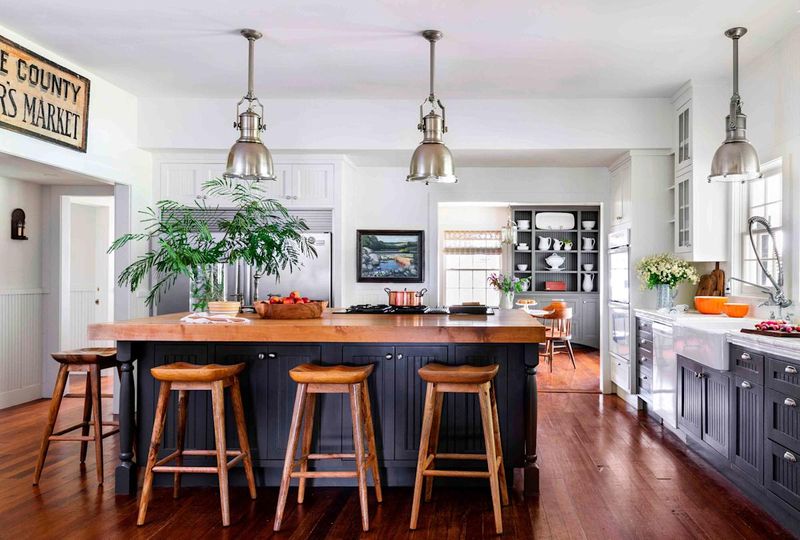
Those high-shine, honey-colored oak cabinets that dominated Alabama homes throughout the ’80s and ’90s have officially fallen from grace. Their yellowish undertones and shiny polyurethane coating instantly date a kitchen.
Alabama designers point to the finish’s tendency to highlight rather than hide imperfections as a major drawback. Scratches, dents, and wear patterns become glaringly obvious under that glossy surface, making maintenance a constant challenge for homeowners.
The distinctive grain pattern that once symbolized quality craftsmanship now reads as busy and distracting in today’s more minimalist aesthetic. Montgomery and Huntsville homeowners are replacing these relics with options that offer cleaner lines and more subtle texturing.
3. Raised-Panel Traditional Doors
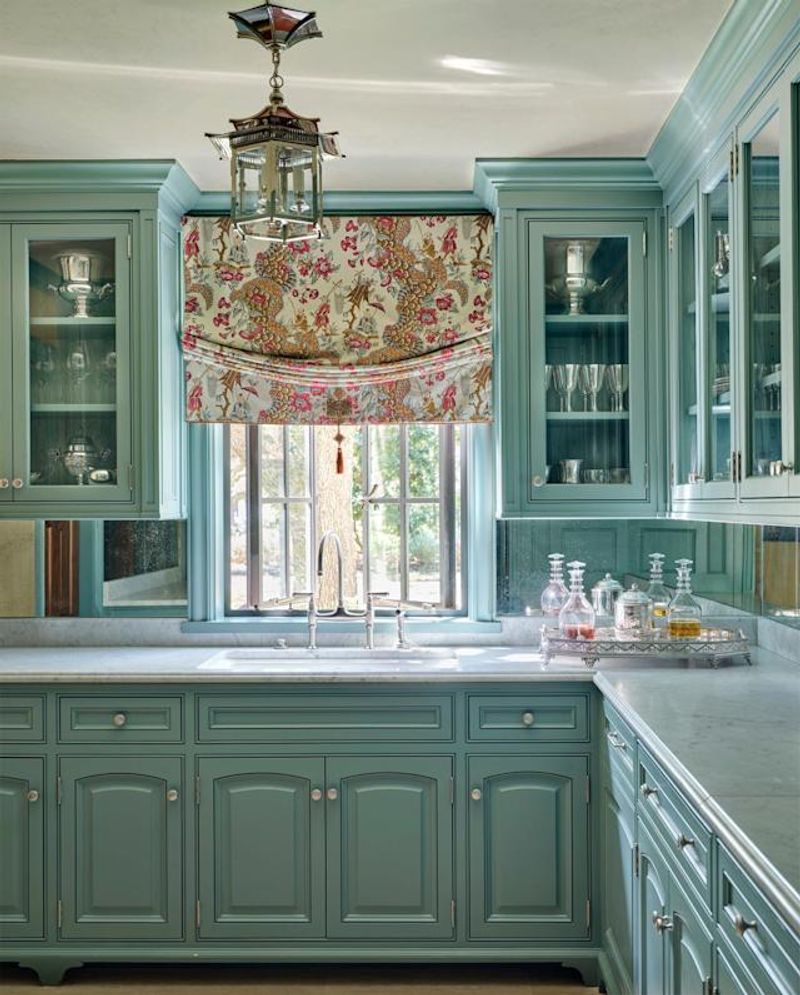
The ornate cathedral-arch raised panels that once graced Alabama kitchens now signal a renovation waiting to happen. These fussy door styles with their elaborate profiles and deep grooves collect dust and grease in ways that frustrate modern homeowners.
Cleaning these intricate surfaces requires extra time and effort something today’s busy families simply don’t have. The formal, traditional look also clashes with the more relaxed, casual lifestyle most Alabamians now prefer in their home environments.
Mobile and Tuscaloosa designers note that these cabinet doors often make kitchens feel stuffy and dated. Their busy appearance creates visual clutter that contradicts the clean, streamlined aesthetic that dominates contemporary design magazines and social media inspiration boards.
4. Heavy Stained Wood Tones
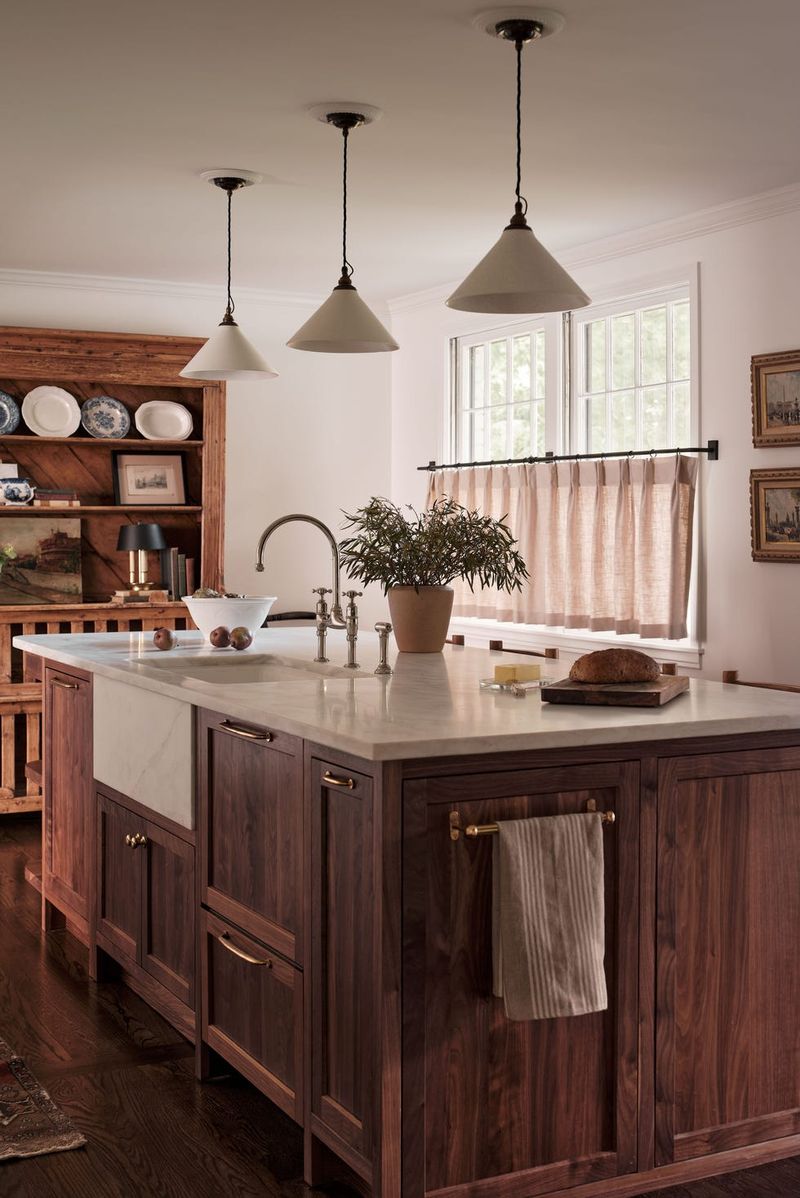
Dark espresso and chocolate-stained cabinets that dominated Alabama kitchens after the cherry trend are rapidly losing popularity. These ultra-dark finishes show every speck of dust, fingerprint, and water splash – a practical nightmare for everyday use.
Gulf Coast designers note that heavy stains make kitchens feel cave-like and oppressive, especially in homes with limited natural light. The dark wood absorbs rather than reflects light, creating a gloomy atmosphere that contradicts Alabama’s sunny disposition.
Though once considered sophisticated, these deeply stained cabinets now feel unnecessarily formal and heavy. Homeowners in Birmingham and Huntsville are trading them for lighter options that brighten spaces and create a more welcoming environment for family gatherings and casual entertaining.
5. Overly Ornate Corbels and Trim
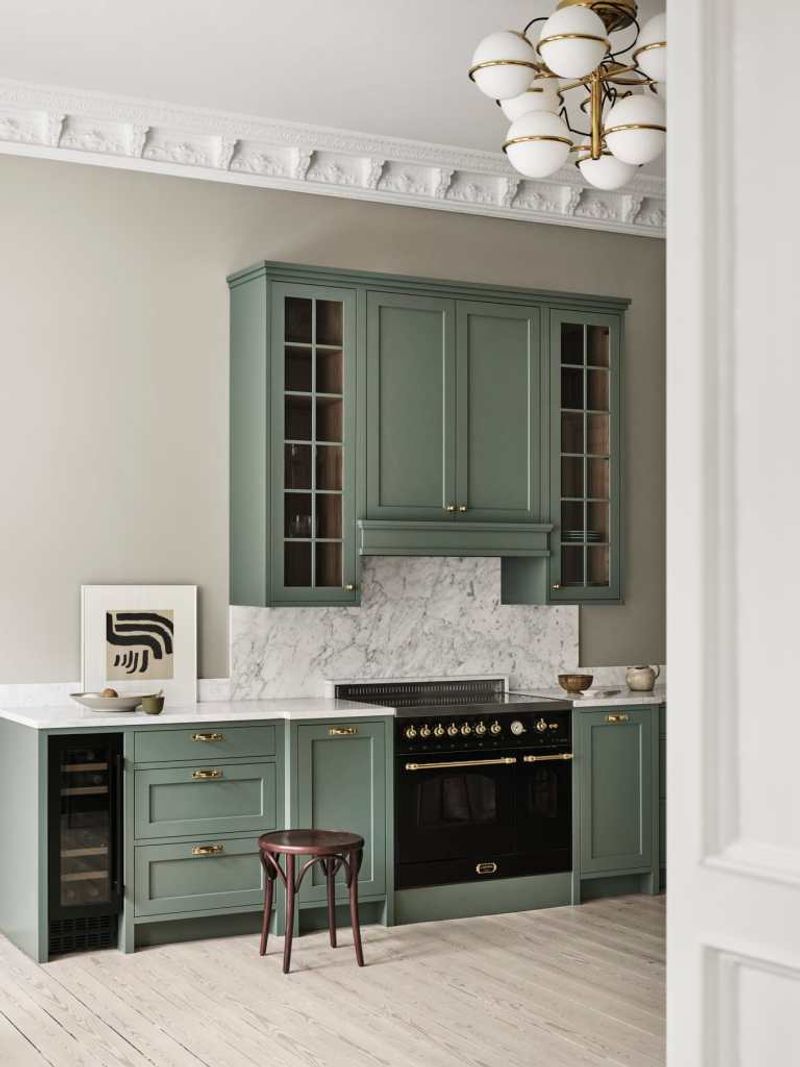
Those elaborate scrolled corbels and ornamental crown moldings that once signified luxury in Alabama kitchens have fallen sharply out of favor. The fussy, Victorian-inspired details that frame cabinet tops and islands now feel excessive and outdated.
Auburn and Dothan designers report clients specifically requesting removal of these decorative elements during renovations. Beyond aesthetic concerns, these architectural flourishes create cleaning nightmares dust collects in the carved details, and the protruding elements make wiping down surfaces more difficult.
The maintenance headache combines with changing tastes to push these ornate details out of Alabama homes. Contemporary design values clean lines and subtle details over the showy, status-signaling ornamentation that characterized kitchens of the early 2000s.
6. Pale Whitewashed Cabinets
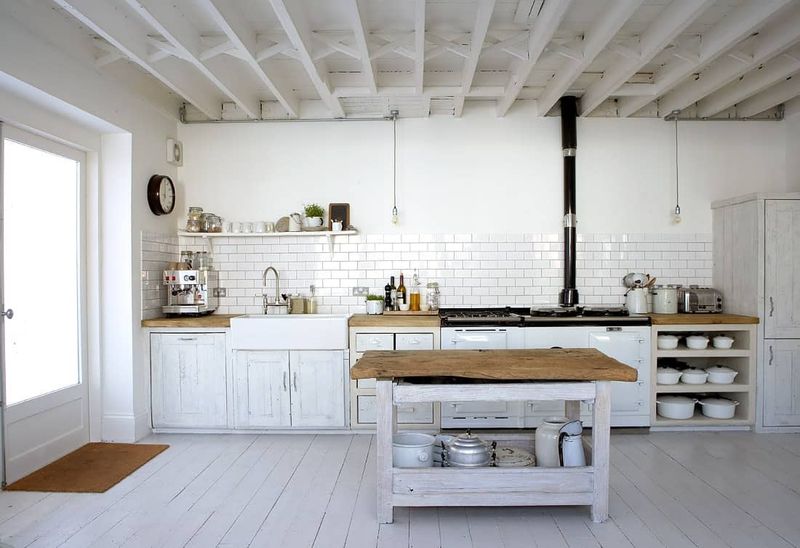
The beachy, distressed whitewash finishes that briefly captured Alabama homeowners’ hearts have quickly fallen from grace. This trend, which aimed to bring coastal charm inland, now appears dated and theme-y rather than timeless.
Huntsville designers note the finish’s tendency to yellow over time, especially in kitchens with abundant natural light. What starts as an airy, breezy look often transforms into a dingy, aged appearance that’s difficult to restore without complete refinishing.
The deliberately weathered look also creates practical problems the uneven surface texture makes thorough cleaning challenging. Alabama’s humid climate doesn’t help matters, as moisture tends to penetrate the intentionally worn finish, potentially causing long-term damage that compromises both appearance and structural integrity.
7. Grass-Green Painted Shaker Doors
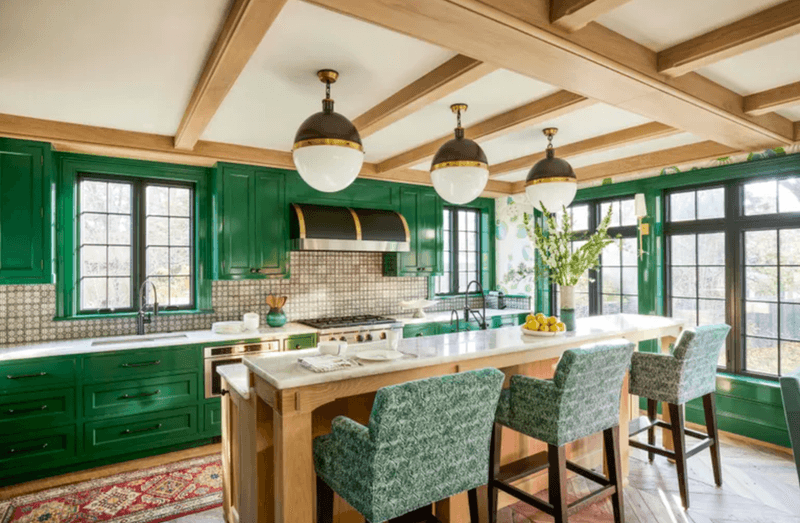
The bold sage and avocado green cabinets that briefly captured Alabama homeowners’ attention have quickly lost their appeal. This trendy color choice, which seemed fresh and daring just a few years ago, now dates kitchens almost instantly.
Birmingham designers report many clients requesting repaints to neutralize these statement cabinets. The specific green tones that were popular often with grayish or yellowish undertones have proven particularly susceptible to looking tired and dated as color trends evolve.
While colorful cabinets aren’t entirely out of style, these particular green shades have fallen victim to their own trendiness. The highly specific nature of the color makes it immediately identifiable as belonging to a particular moment in design history, rather than having the timeless quality homeowners now seek for major investments like cabinetry.
8. Two-Tone Cabinets with Clashing Finishes
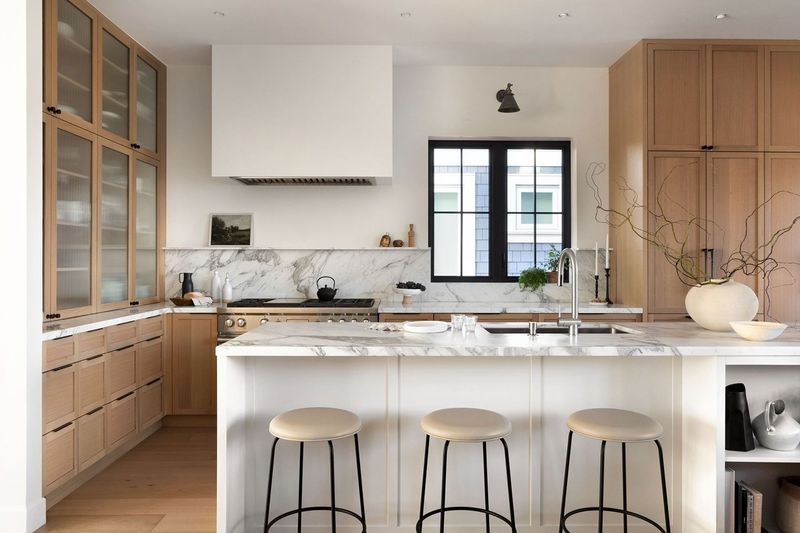
Alabama homeowners are backing away from mismatched two-tone cabinets that combine wildly different colors or materials. The jarring combinations like cherry uppers with painted white lowers or navy islands with oak perimeter cabinets create visual confusion rather than intentional contrast.
Montgomery designers explain that poorly executed two-tone kitchens often result from homeowners following trends without professional guidance. The clash of undertones and competing wood grains creates a disjointed look that feels accidental rather than designed.
The maintenance challenges compound the problem different materials and finishes require different cleaning methods and age at different rates. What starts as a bold design statement quickly becomes an eyesore as the finishes weather unevenly, making the kitchen look cobbled together rather than cohesively planned.
9. Soft Matte White Shaker
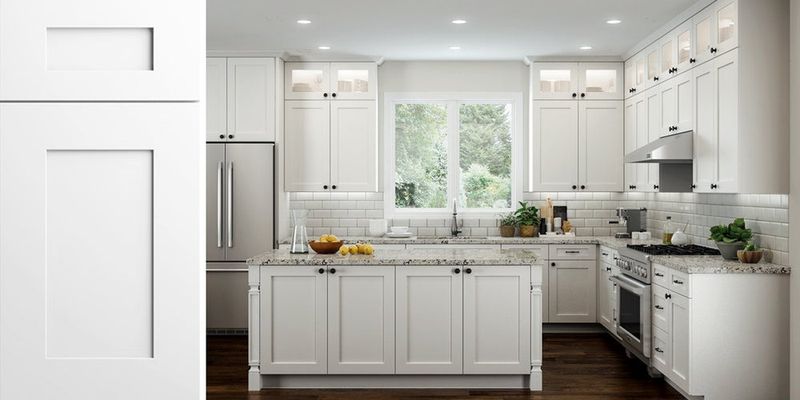
Alabama designers consistently recommend soft matte white Shaker cabinets for their versatility and timeless appeal. Unlike stark bright whites, these creamy, slightly warmed whites create a welcoming atmosphere while maintaining a clean aesthetic.
The matte finish offers practical advantages in busy households it shows fewer fingerprints and water spots than glossy alternatives. Birmingham designer Sarah Mitchell points out that these cabinets create a perfect neutral backdrop for seasonal decor changes and bold accent pieces.
Homeowners appreciate how these cabinets brighten spaces without appearing clinical or sterile. The subtle texture of the matte surface adds depth and interest while the classic Shaker profile with its simple, clean lines – bridges traditional Southern sensibilities with contemporary design preferences.
10. Warm Gray Painted Cabinets
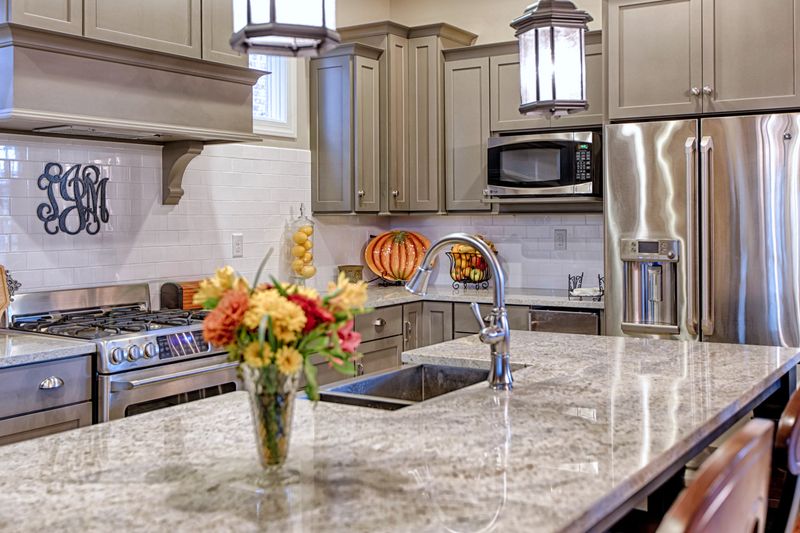
Huntsville and Mobile designers are embracing warm gray cabinet finishes that bring sophistication without the coldness of cooler grays. These taupe-leaning neutrals create a soft, inviting atmosphere while providing more depth than white cabinets.
The chameleon-like quality of warm grays makes them exceptionally versatile. They complement both cool and warm accent colors, allowing homeowners to update accessories without needing to refinish cabinets. Gulf Coast designer Marcus Allen notes these grays work particularly well in Alabama’s natural light, maintaining their warmth throughout the day.
Unlike trendy colors that quickly feel dated, these subtle gray tones have proven staying power. They create a neutral but interesting foundation that pairs beautifully with the natural materials like local stone and wood – that many Alabama homeowners incorporate into their kitchen designs.
11. Light Natural Wood Grain Finish
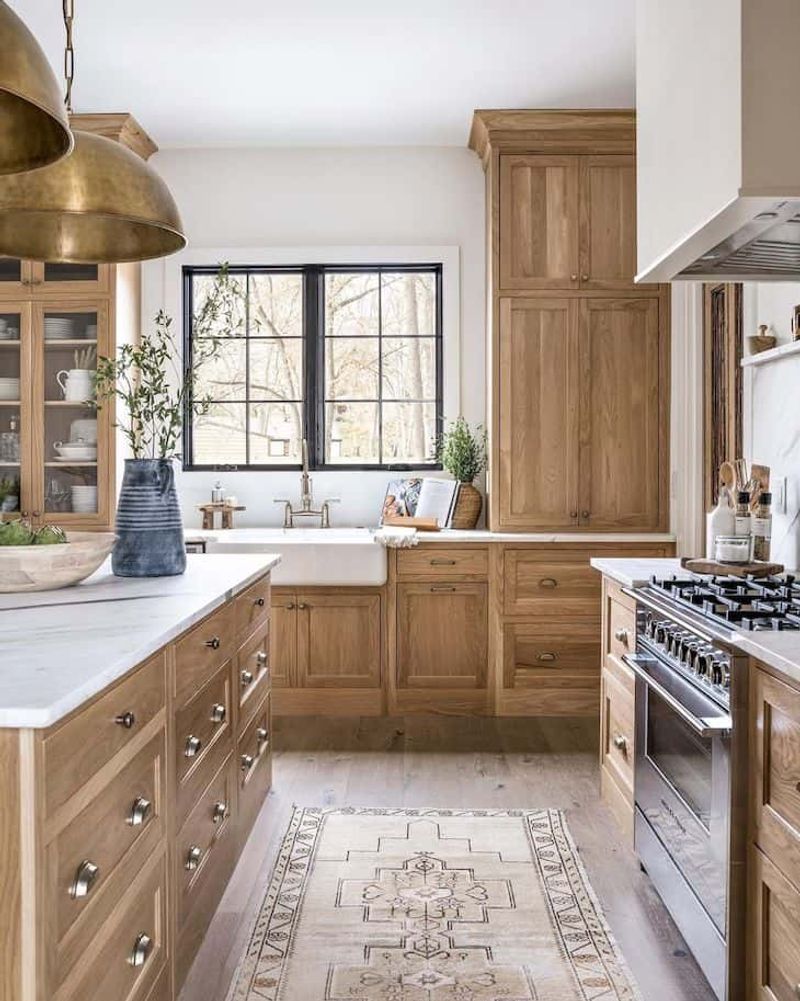
Alabama designers are championing light, natural wood cabinets with visible grain patterns as a refreshing alternative to painted finishes. These cabinets showcase the beauty of materials like white oak, ash, or maple without heavy stains that obscure their natural character.
The organic warmth of these cabinets creates an inviting atmosphere that resonates with Alabama’s appreciation for natural beauty. Birmingham designer James Thompson notes that these finishes connect indoor spaces with the lush landscapes outside a quality particularly valued in homes near Lake Martin or Gulf Shores.
Clear sealants protect the wood while allowing its authentic color and grain to shine through. Unlike the yellow-toned oak of decades past, today’s light wood cabinets feature more neutral, ashy undertones that complement a wide range of design styles from modern farmhouse to Scandinavian-inspired minimalism.
12. Flat-Panel Modern Wood Cabinets
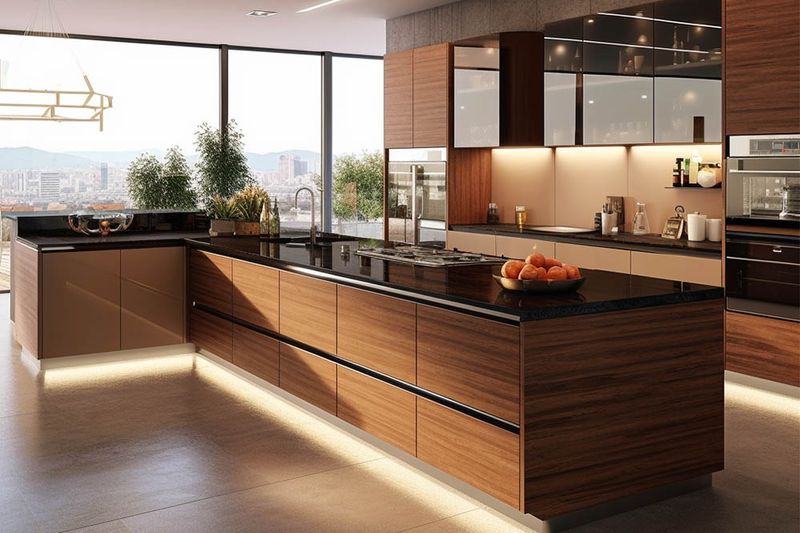
Montgomery and Birmingham designers are introducing sleek flat-panel wood cabinets to Alabama kitchens, bringing contemporary sophistication to traditional homes. The clean, handleless designs create visual calm while allowing beautiful wood grains to take center stage.
Homeowners appreciate the practical benefits of these smooth surfaces – no grooves or panels to collect dust and grime makes cleaning remarkably straightforward. The streamlined silhouettes also create an illusion of space, making even modest-sized Alabama kitchens feel more expansive and airy.
These modern cabinets blend surprisingly well with traditional elements like farmhouse sinks or vintage lighting, creating transitional spaces that honor Alabama’s architectural heritage while embracing contemporary lifestyles. The natural wood tones add essential warmth that prevents the minimalist design from feeling cold or unwelcoming.
13. Matte Black Hardware With Crisp Paint Neutral Cabinets
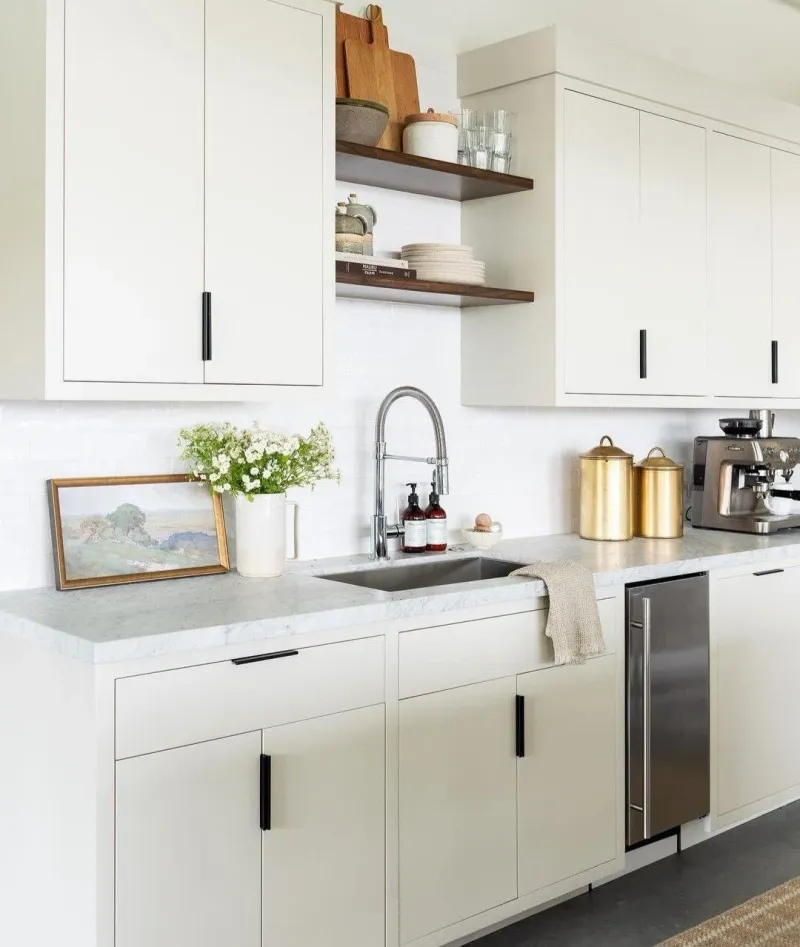
Alabama designers are pairing matte black hardware with crisp neutral cabinets to create kitchens with architectural interest and timeless appeal. The contrast between dark hardware and light cabinetry creates visual punctuation that defines the space without overwhelming it.
Unlike trendy brass or copper that can quickly look dated, matte black hardware offers staying power and versatility. Gulf Shores designer Emma Davis notes that these fixtures resist showing water spots and fingerprints a practical consideration in humid Alabama kitchens where maintenance is a priority.
The combination works equally well in Montgomery townhomes and rural farmhouses near Cullman. The hardware’s soft black finish adds sophistication without the harshness of glossy black, while neutral cabinet colors from soft whites to gentle taupes create a versatile backdrop that complements Alabama’s diverse architectural styles.



